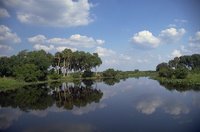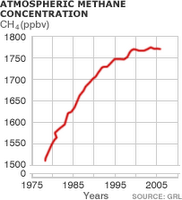Regeneration
Projects in Allerdale are a priority to regenerate the region:
Workington Town Centre:
- Re-establish the town as a major shopping destination
- Widen the town's retail catchment area
- Create a development which co-exists with and improves the existing town centre
- Attract quality high-street retailers to the town
- Improve the environment of the town centre
- Act as a catalyst for future economic growth
- Provide opportunities for job creation
- Improve long term prosperity
Derwent Forest
Proposals have been made for the former Royal Navy armament disposal facility at Broughton Moor (the largest brownfield site in the north-west) to be turned into a premier leisure destination.
AIMS:
- Economic Benefits through raising the profile of West Cumbria at regional and national level; attracting inward investment to the area, creating a tourism magnet between the Lake District and the Coast; creating jobs and training opportunities.
- Environmental Benefits through the removal of dereliction, maintenance of habitats and biodiversity, developing sustainable environmental enterprises.
- Community Benefits by ensuring that economic and environmental benefits to West Cumbria impact positively on local communities.

















































